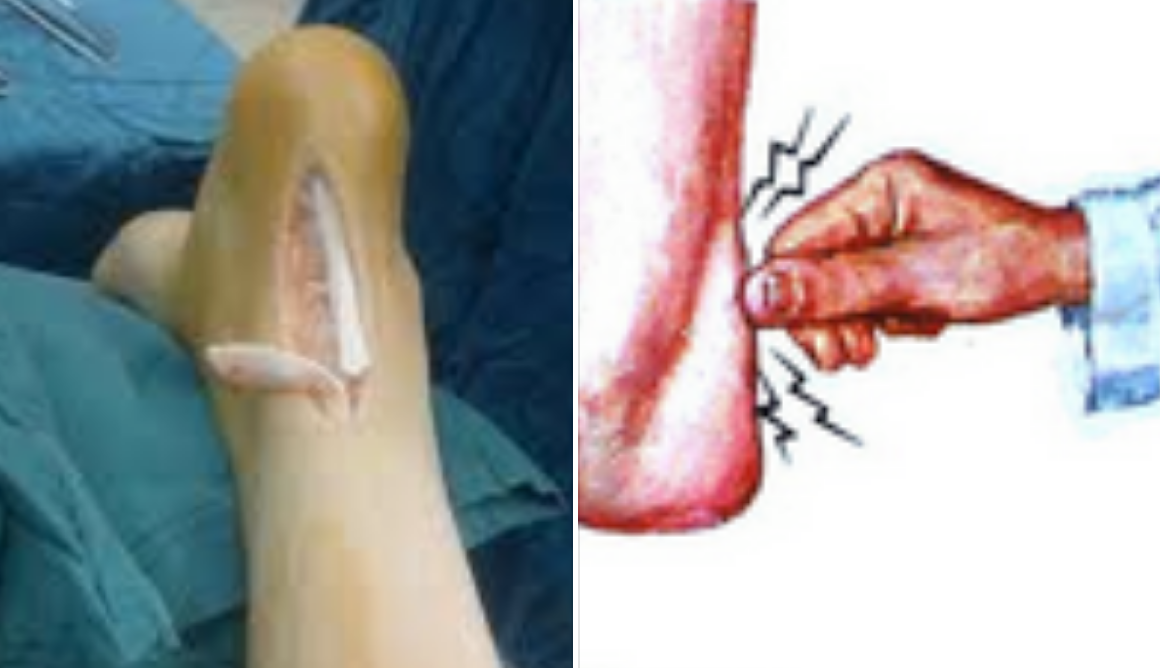Rocker shoes reduce Achilles tendon load in running and walking in patients with chronic Achilles tendinopathy.
/Rocker shoes reduce Achilles tendon load in running and walking in patients with chronic Achilles tendinopathy.
Most likely this is common knowledge for most followers here on The Gait Guys and our podcast (another one will launch this weekend btw).
But reducing the plantar flexion moment in the late stance phase of running and walking can make notable changes in the loading response to the posterior plantarflexor mechanism (the gastroc-soleus-achilles complex). A rocked shoe, according to this study, can reduce the plantarflexor moment without substantial adaptations in triceps surae muscular activity.
This of course brings to mind the HOKA family of shoes that have purposefully added a gentle rocker mechanism to some of their shoe line, some with an early and some with a late stage metarocker built in. Are you a HOKA hater? We were not fans in their early development because of the volume of stack height foam, but they have many more options in their line up now. But do this for us, do not pass judgement until you put one of these metarockered shoes on, and you will understand the function of it, and their place for your chronic posterior compartment clients. Don't reflexively judge until you try them. It is good to have options for your clients, because "stop running" is not an option for runners, for our runners, unless all else has failed.
Shawn Allen, the other Gait Guy
#thegaitguys, #gait, #hoka, #metarocker, #achilles, #tendinitis, #gaitproblems, #gaitanalysis, #calfpain, #running
J Sci Med Sport. 2015 Mar;18(2):133-8. doi: 10.1016/j.jsams.2014.02.008. Epub 2014 Feb 14.
Rocker shoes reduce Achilles tendon load in running and walking in patients with chronic Achilles tendinopathy.
Sobhani S1, Zwerver J2, van den Heuvel E3, Postema K4, Dekker R5, Hijmans JM6.

















